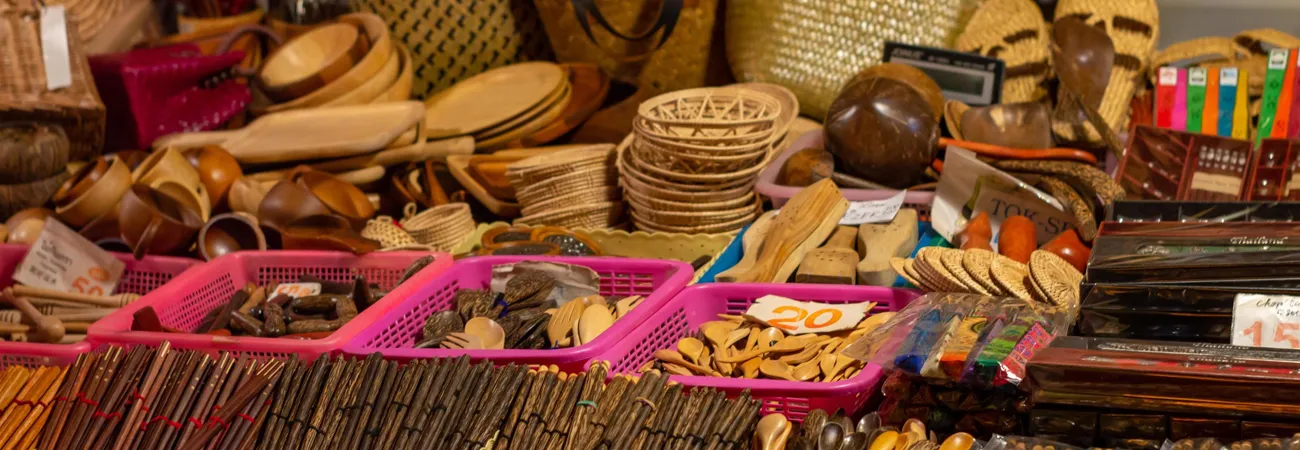i ECONOMY
The Gilgit-Baltistan (GB) government plans to promote the handicraft market keeping in view the need to improve the livelihoods of people. Speaking to WealthPK, Asifullah, Provincial Secretary for Culture, Tourism and Sports, said that GB keeps a rich and diverse historical legacy in the realm of handicraft with a lineage extending over millennia. “Renowned for their exceptional quality, distinctive characteristics, aesthetic allure, and profound cultural significance, the handicrafts of GB have undergone a gradual evolution, shaped by years of diligent craftsmanship and accumulated experience.” Unfortunately, he said handicrafts in the region were made on a small-scale due to a lack of awareness about their marketability. “Gilgit-Baltistan, as the hub of cultural tourism, offers a valuable opportunity to its residents to sell their unique handicraft products to tourists.”The government is planning to promote the handicrafts market through various measures, he said. “It seeks to allocate specific places for the exhibition of handicrafts from different districts regularly.
With the involvement of non-government organisations like UNESCO (United Nations Education, Scientific and Cultural Organisation), the region will be able to portray its culture to the world, thereby not only contributing to the soft image of the region but also promoting tourism.” Moreover, Asifullah points towards the government's efforts to provide quality assurances and online platforms for the sale and marketing of handicraft products. “The government is implementing stringent quality standards for handicrafts and offering certification to items that adhere to these criteria to bolster the credibility of local products. Likewise, it is also facilitating online platforms that enable local artisans to exhibit and market their products, thereby extending their market reach beyond regional boundaries and capturing the attention of a global audience.”
In this regard, Khayyam Baig, the Chief Executive Officer of KADO (Karakorum Area Development Organisation), highlighted the role of his organisation in materialising the aspirations of the government. “Utensils (walnut wood), wallets, caps, carpet weaving (rugs), stonework (Sharma), embroidered gowns (attire with doriwork), key chains, and woolen crafts are some of the handicrafts for which the region is famous”. Baig emphasised that the organisation is actively engaged with the government to broaden its operational scope by implementing training programmes to enhance the skills of local artisans. “This can include workshops, vocational training centres and skill development initiatives to improve the quality of handicrafts.”
Credit: Independent News Pakistan (INP)









